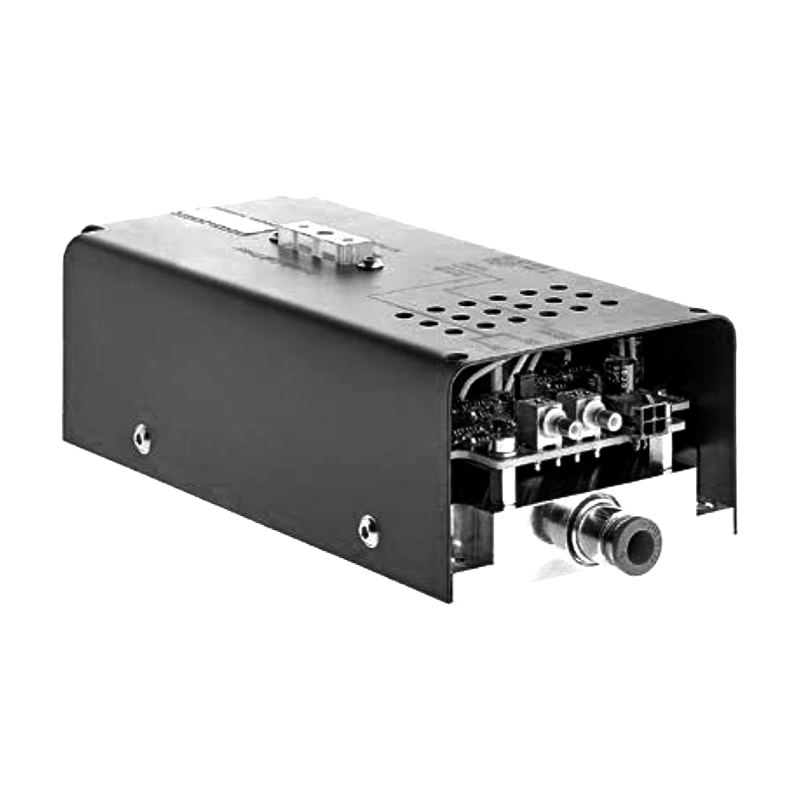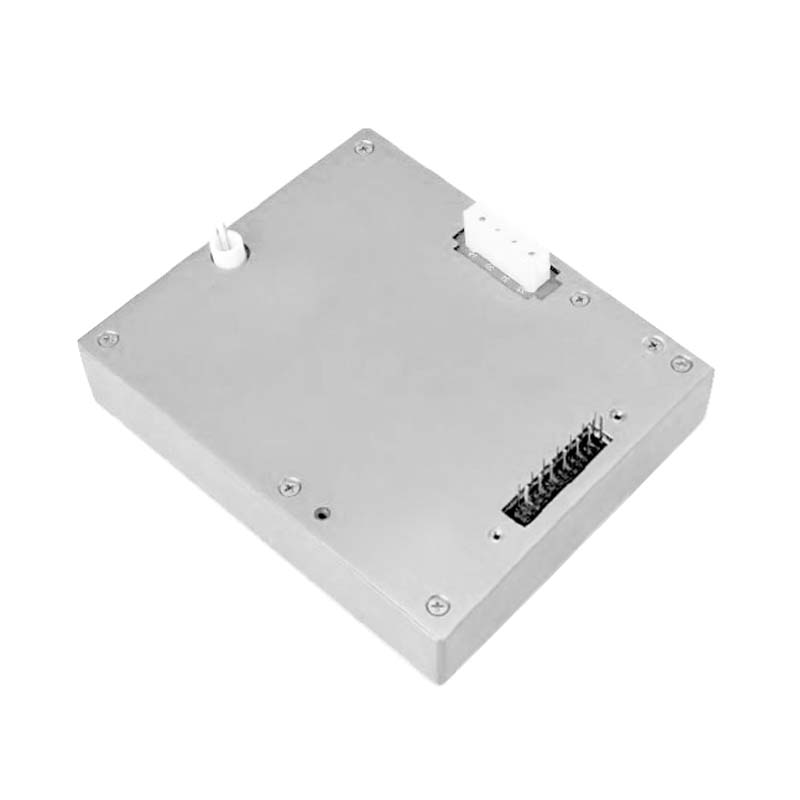Application and Challenges of High-Voltage Power Supplies in Robotics Technology
As a critical energy component in the robotics technology system, the performance of high-voltage power supplies directly influences a robot’s motion precision, load capacity, and environmental adaptability in complex scenarios. With the evolution of robotics toward intelligence, modularity, and operation in extreme environments, technological innovations in high-voltage power supplies have become a core driving force to break through traditional application bottlenecks. Their deep integration in drive systems, sensing-interaction mechanisms, and energy management is propelling robotics to higher-dimensional development.
1. Application Scenarios of High-Voltage Power Supplies in Robot Core Systems
In robot drive systems, high-voltage power supplies serve as the energy foundation for servo motors and electric drive joints. By providing stable high-voltage inputs (typically ranging from hundreds to thousands of volts), they significantly enhance motor power density and response speed. For example, in the joint drive modules of humanoid robots, high-voltage-powered permanent magnet synchronous motor systems can achieve instantaneous peak power output, enabling robots to perform dynamic high-load movements such as jumping and climbing. Meanwhile, high-voltage electric drive systems reduce current amplitude, minimizing energy loss caused by wire resistance and improving endurance efficiency— a critical advantage in the long-duration operation of logistics and仓储 (warehousing) robots.
In the field of sensing and interaction, high-voltage power supplies support innovative sensor technologies. Electrostatic adsorption end-effectors use electrostatic fields generated by high-voltage power supplies to grasp non-magnetic objects, a technique applied in precision electronics assembly robots to avoid physical damage to fragile components by traditional mechanical claws. Additionally, in biomedical robotics, high-voltage pulse-based electroporation technology creates nanoscale pores in cell membranes, enabling precise cellular manipulation for drug delivery or gene-editing robots, demonstrating the unique value of high-voltage power supplies in micro-operation scenarios.
2. Technical Challenges in Extreme Environment Operations
Robotic applications in high-risk environments such as space, deep sea, and nuclear radiation zones impose stringent reliability requirements on high-voltage power supplies. Extreme temperature adaptability is the primary challenge: in space, power systems must withstand drastic temperature fluctuations from -270°C to +120°C, where traditional insulation materials may crack due to thermal expansion/contraction, leading to high-voltage leakage. In deep-sea high-pressure environments (e.g., 11,000 meters depth), the pressure-resistant design of power supply casings must balance mechanical strength and insulation performance to prevent seawater intrusion and short circuits.
Electromagnetic compatibility (EMC) and anti-interference design present another technical hurdle. The precision sensors and control systems onboard robots are highly sensitive to electromagnetic noise, and electromagnetic radiation from high-voltage power supply switching components (e.g., IGBT modules) during high-frequency operation may interfere with navigation signal transmission. For instance, in inspection robots detecting power equipment, the power supply’s own electromagnetic interference could mask weak signals from partial discharges, leading to diagnostic errors. Optimizing circuit topology and shielding technologies to achieve low-noise operation of high-voltage power supplies has become a key cross-disciplinary research topic.
3. Technical Innovation Paths and Development Trends
Current technological innovations in high-voltage power supplies for robotics are advancing toward lightweight, integrated, and intelligent solutions. The application of wide-bandgap semiconductor technologies (e.g., silicon carbide MOSFETs) can increase power supply operating frequencies to the megahertz range, significantly reducing passive component size and boosting power density by 3-5 times— a critical improvement for space-constrained drones and wearable exoskeleton robots. Meanwhile, 3D packaging technologies, through stacked circuit board designs and micro-nano manufacturing processes, compress power module volume to 1/4 of traditional solutions, enabling energy system miniaturization for micro-bionic robots.
In intelligent management, model predictive control (MPC)-based power management systems can optimize voltage output strategies in real time. For example, when disaster-response robots traverse complex terrains, the system uses sensor data on robot posture to dynamically adjust voltage distribution across joint drive power supplies, improving energy efficiency by over 20%. Additionally, the integration of wireless power transmission technology with high-voltage power supplies is opening new applications: through magnetic resonance coupling, high-voltage power supplies can recharge mobile robots in real time, overcoming the spatial limitations of traditional wired power supply— a technology already prototyped in some warehouse AGV robots.
4. Cross-Disciplinary Prospects for the Future
The development of robotics relies on deep cross-disciplinary integration, and breakthroughs in high-voltage power supplies require collaborative innovation with materials science, control theory, and thermal management technologies. For example, the development of new nano-insulation materials can extend power supply lifespan under high voltage; reinforcement learning-based intelligent control algorithms can dynamically balance power output and robot motion energy consumption; phase-change cooling technologies can address thermal aggregation in high-voltage components, reducing operating temperatures by over 30°C.
Looking ahead, with the deep integration of new energy storage technologies (e.g., hydrogen fuel cells, supercapacitors) and high-voltage power supplies, robotic energy supply models will evolve toward diversification. High-voltage power supplies will not only serve as energy providers but also act as intelligent cores of robot systems, driving more complex task execution capabilities in industrial manufacturing, medical surgery, deep-space exploration, and other fields through real-time data interaction and energy optimization.




















